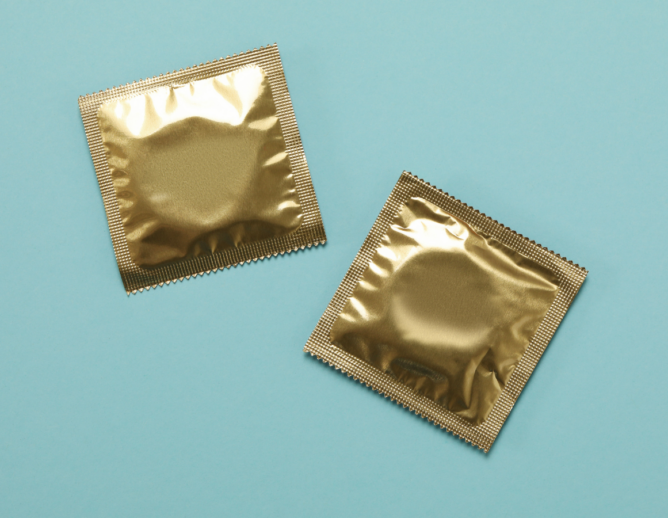Sugar sweetened beverages, such as sodas, are contributors to a significant burden of disease for issues ranging from obesity, diabetes and cardiovascular disease. It is estimated that consumption of sugar sweetened beverages is independently causally linked to between 4-13% of all new cases of type 2 diabetes in the United States regardless of the weight of the person drinking it. Yet, despite the health risks, Americans are estimated to drink about 40 gallons of sugar sweetened beverages every year. Many of my colleagues on this forum have already discussed at length the health risks associated with consuming sugar sweetened beverages, but for many people, the reality of the long-term health risks does not seem to provide sufficient incentive to stop buying and consuming these beverages. In order to provide additional encouragement for people to cut soda from their diet and to support regulatory interventions being put to the vote in several states, we will look at some of the facts about what soda can do both within, and outside of the human body.
One amazing fact about Coca Cola is that the Department of Transportation, who is responsible for grading the level of danger that a substance poses to human beings and the environment when being transported, has awarded undiluted Coca Cola concentrate a very high level of hazard. Contact with Coke concentrate can burn your skin and eyes and can damage your respiratory system if you inhale the fumes because of the phosphoric acid and ethyl alcohol content. Even in its diluted form being sold for human consumption, Coke is extremely acidic and is excellent at removing rust, oil stains, cleaning grout and a whole host of other corrosive tasks including stripping paint. If you have never seen them, there are some amazing videos on YouTube of Coke ‘hacks’ for cleaning household items and more disturbing videos of Coke dissolving things, including teeth.
Coke is certainly not the only dangerously acidic soda, all soda and energy drinks have a pH levels much closer to battery acid than to pH neutral water. In a court case brought against PepsiCo in 2012, a man claimed that he found a dead mouse in his Mountain Dew beverage, a soft drink which is less acidic than Pepsi or Coke. The PepsiCo lawyers argued was impossible because the mouse would have ‘dissolved in the soda’ so that by the time it was ready for consumption the mouse would have turned into a ‘jelly-like substance’. Mountain Dew is also acidic enough that chronic consumption of the beverage has been linked to high rates of tooth decay and tooth loss in young people in the Appalachian Mountain region- an event so commonly occurring that it has been termed “Mountain Dew mouth”.
These products are dangerous, made more so by the targeted marketing to young people and their over availability in low socio-economic communities that have fewer positive nutritional choices and information. Many have written about the importance of regulatory interventions such as taxes on changing the cultures of consumption and the resulting positive health impact that taxes can have. Let us hope that in the coming months, as the soda taxes are being voted on across the country, people decide that it is high time to stop “Doing the Dew”.



